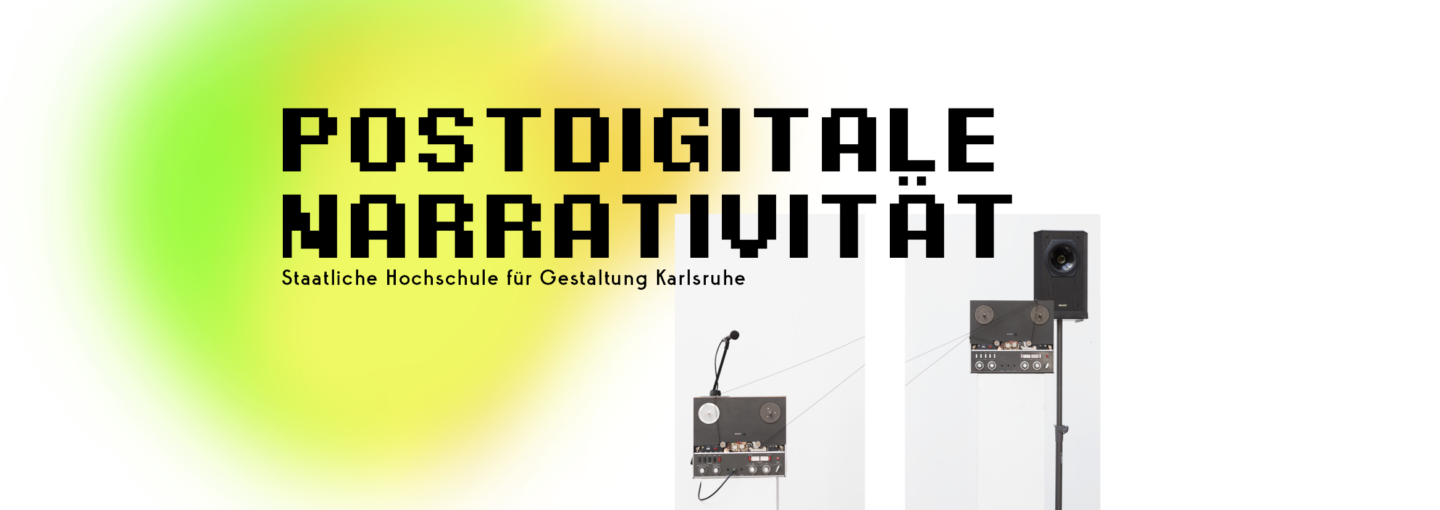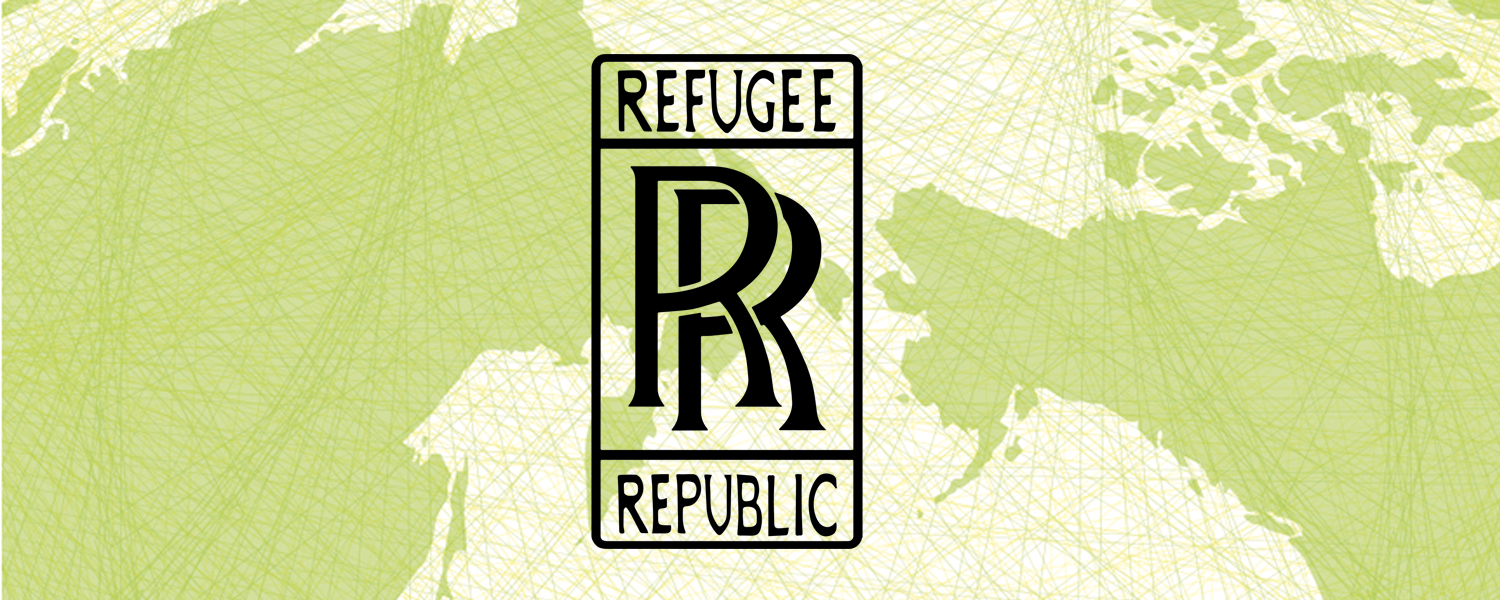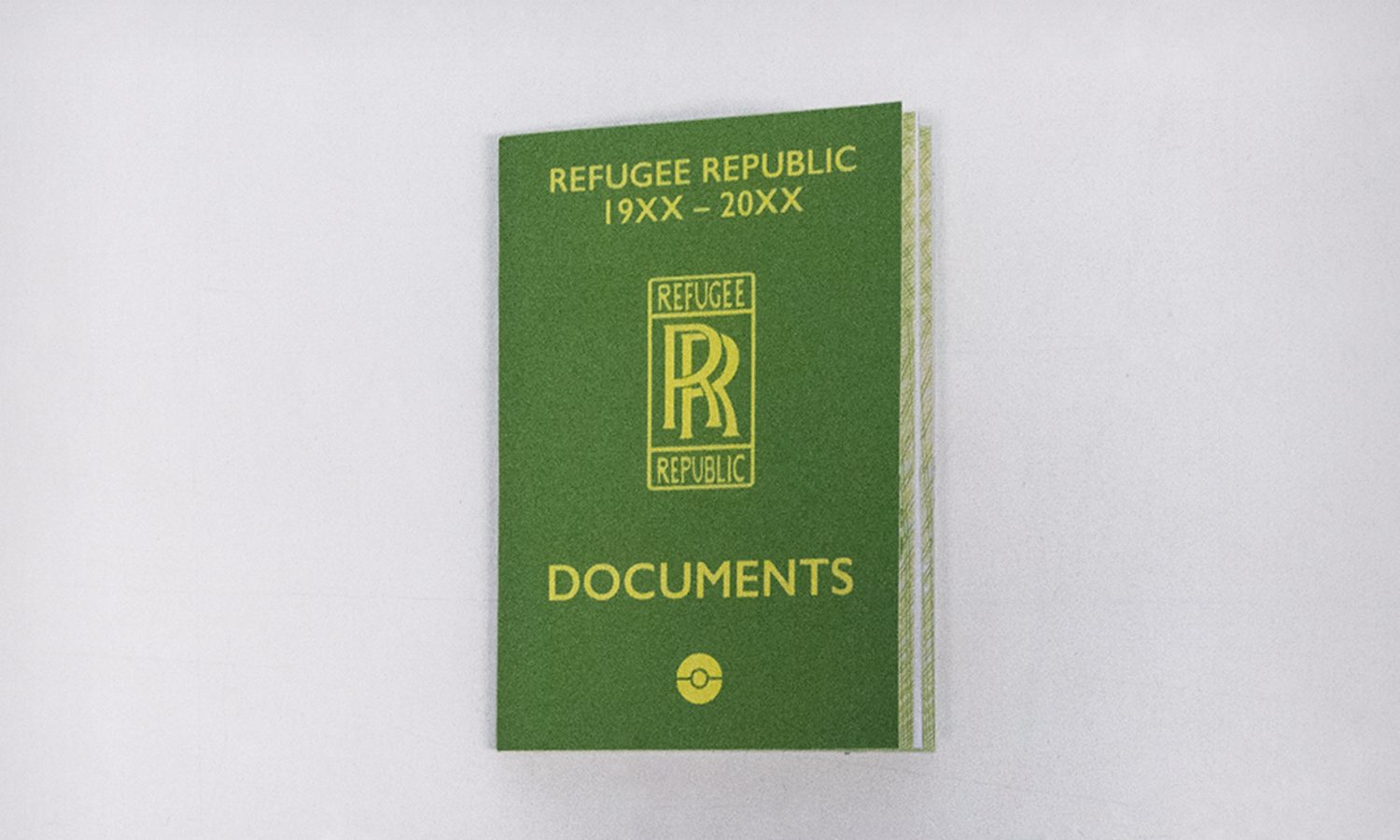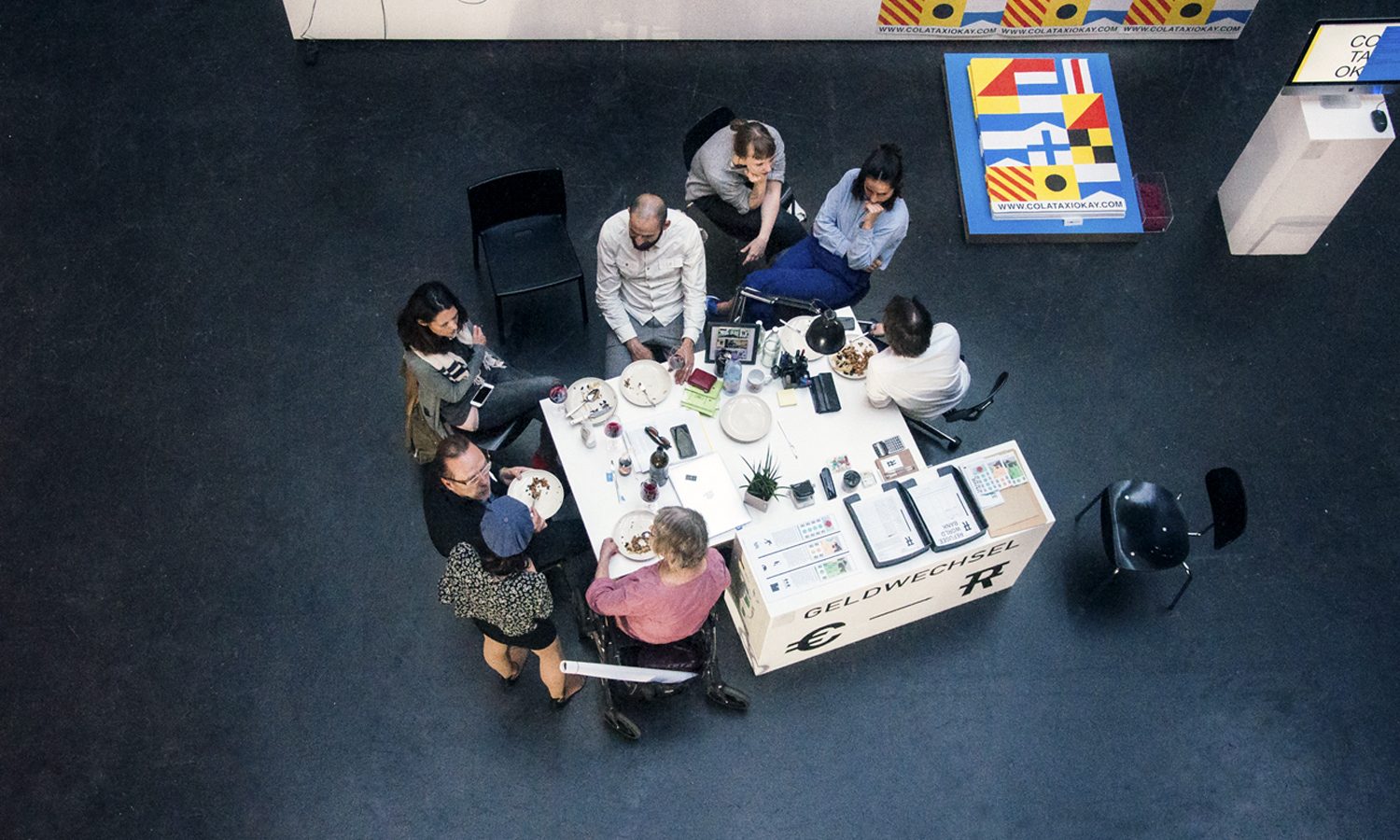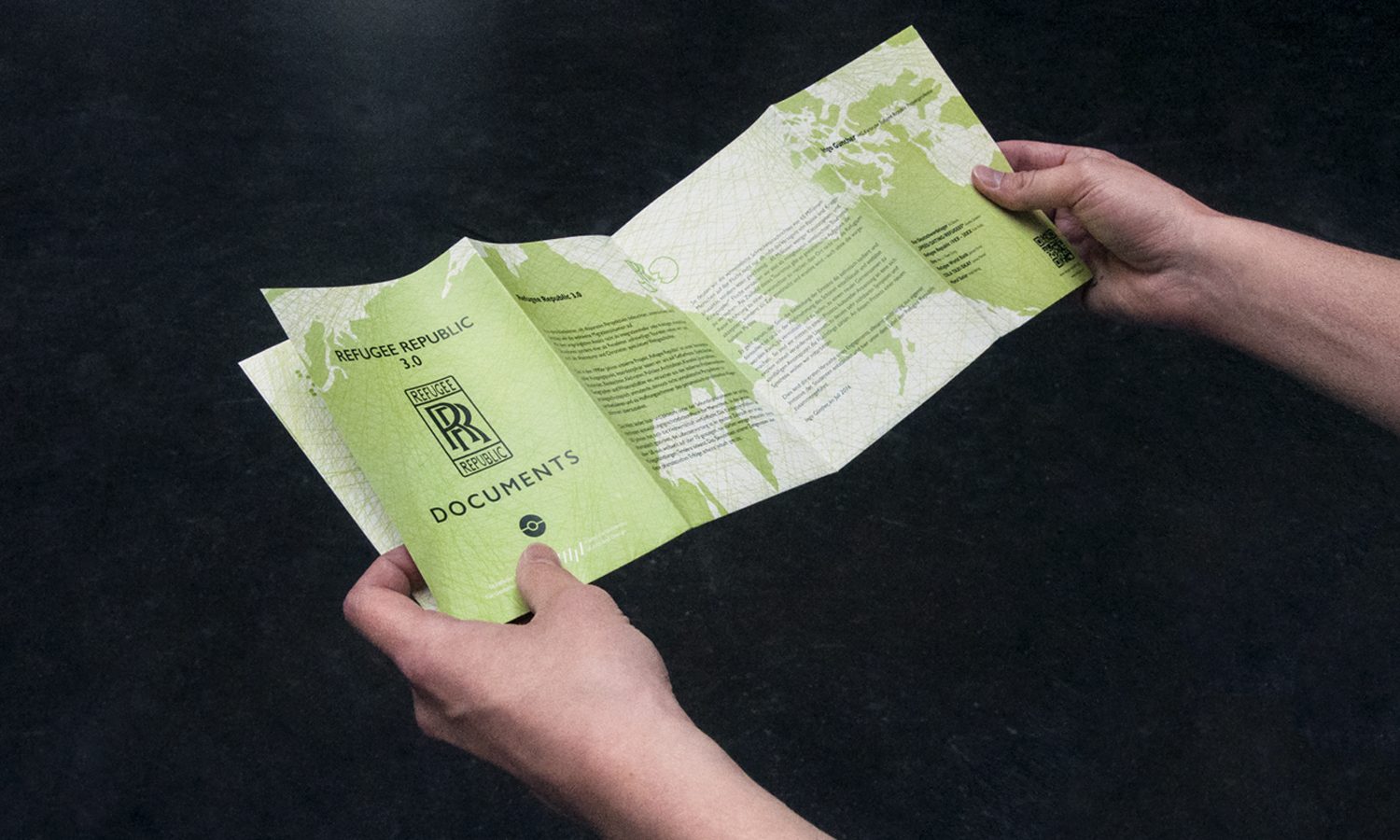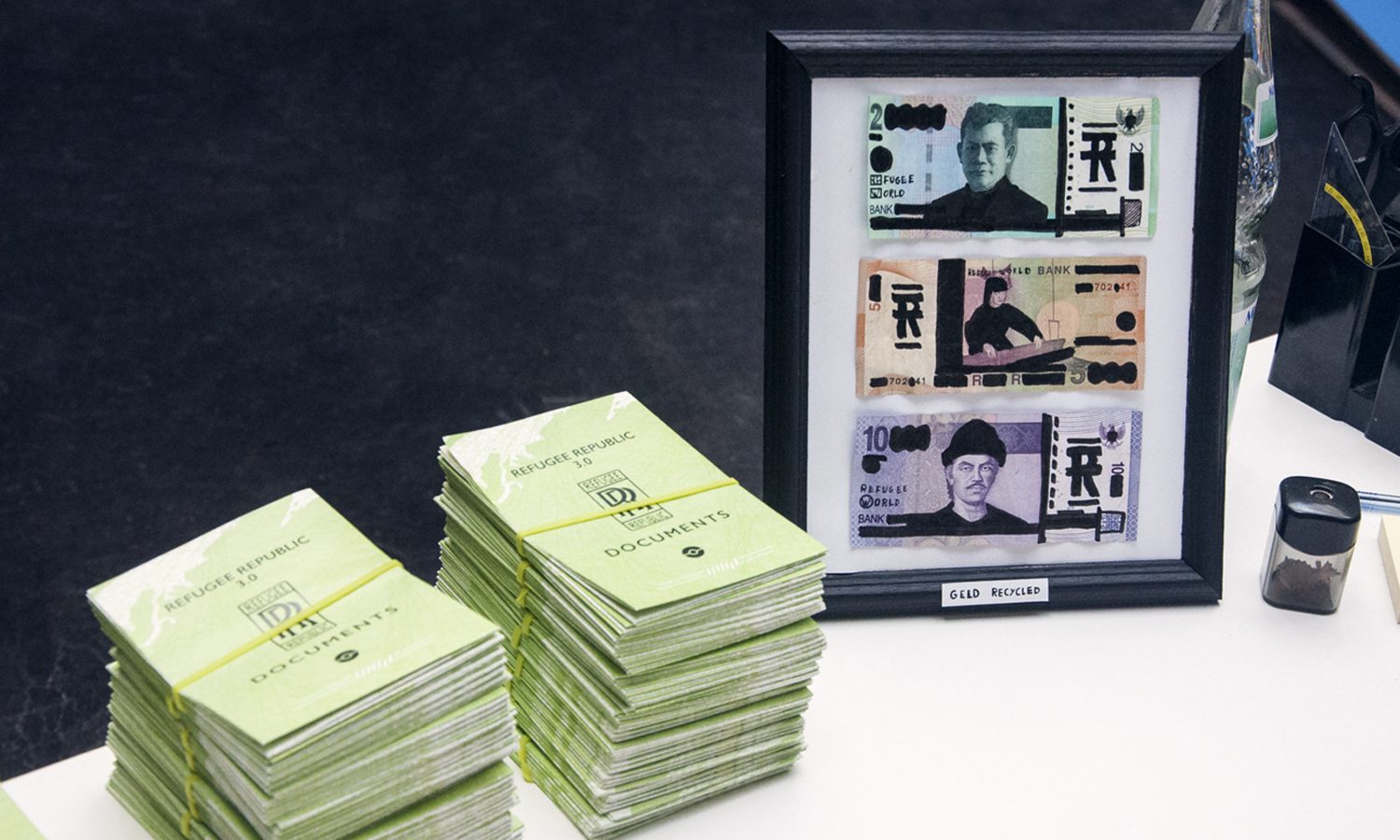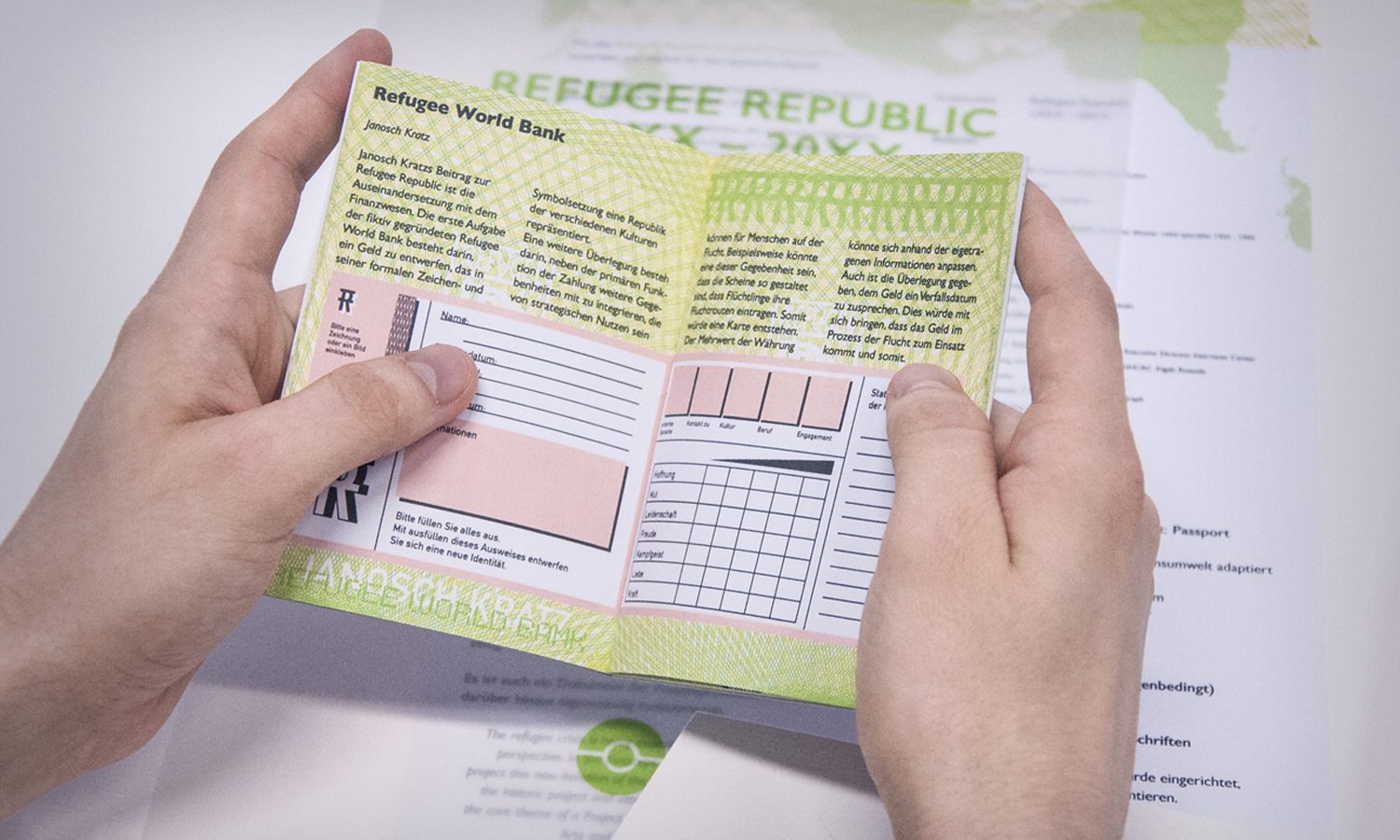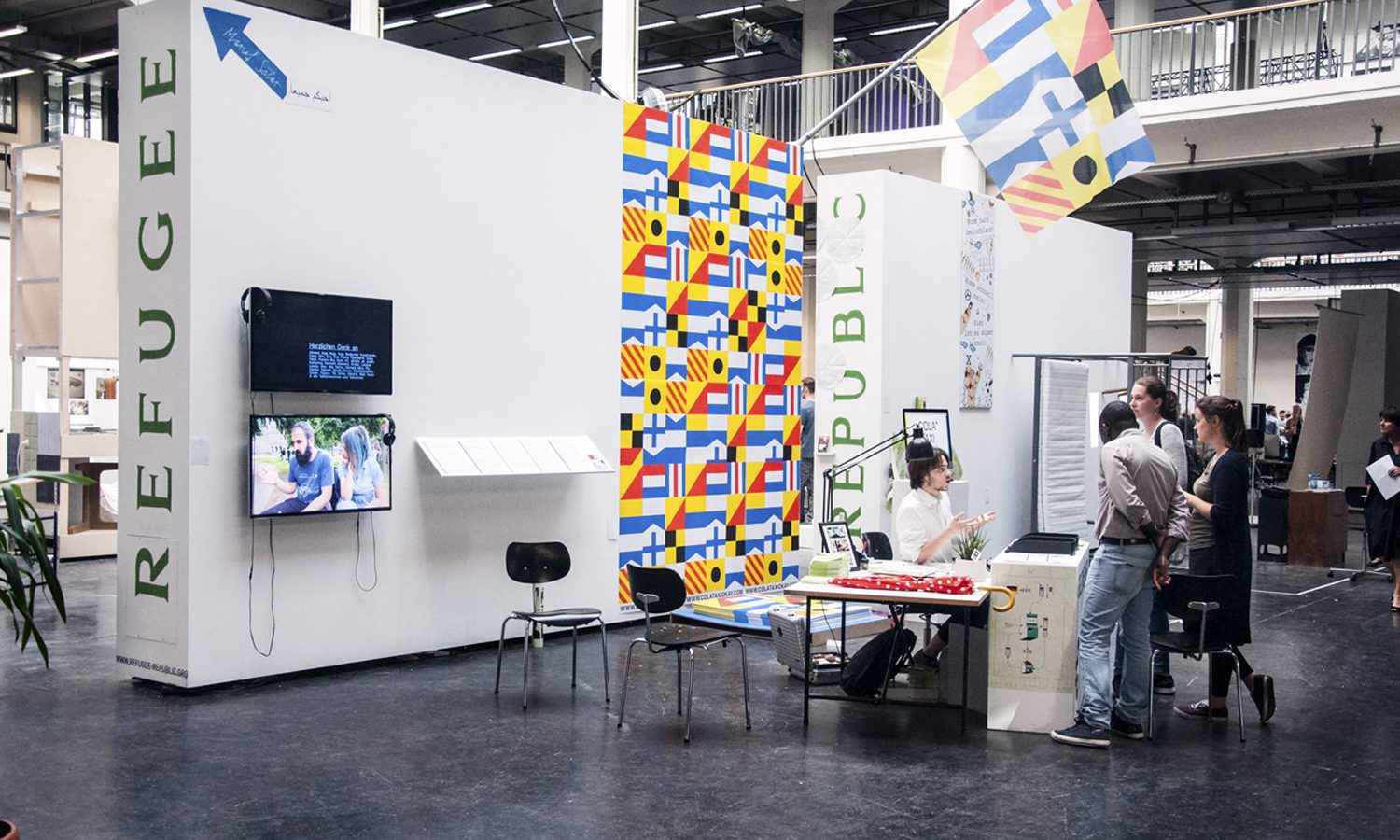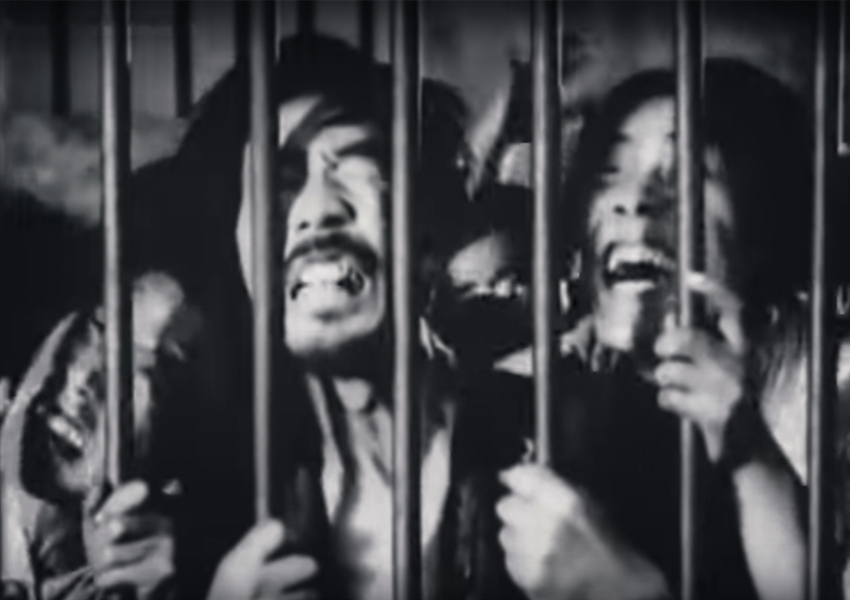The cooperation between the Musashino Art University Tokyo (MAU) and the University for Art and Design Karlsruhe (HfG) took place once again for some inspiring action in public space. The MAU students made the great discovery of Ogu Ginza, an old shopping street, which was then used as location for the collaboration. Starting from a little shop, the group of japanese and german students spreaded over the quarter, finding exceptional spaces for video projections, street art and performances. Under an overpowering culture shock effect HfG Students created artworks reacting to what they’ve experienced in the city of Tokyo. The MAU Students showed recent works and a few spontaneous collaborations with HfG students were developed on-site. In a three-day multimedia festival the traditional shopping street had been transformed into a spectacle, surprising the passersby with unexpected actions and adding some cracks in the usual vision of the street. End of October, just a month later, was the time for the MAU students to come to Karlsruhe and continue the collaboration. Karlsruhe´s old slaughterhouse, which has been turned into a creative center, was chosen as location for the new action. With the support of Circus 3000, a collective artist studio, the public space of the old slaughterhouse got squatted by the artists. Meditative video, immersive sound installations, witty performances and in situ artworks introduced an unworldly universe within the cold and harsh lines of the slaughterhouse complex. While MAU Students brought their artistic realm to Karlsruhe, HfG students showed the recent fruits of their Tokyo experience.
Bed-In
Kollektive Performance in Karlsruher Innenstadt sorgt für Entschleunigung
Inspiriert von Yoko Ono und John Lennon luden Hannah Cooke und Seraphine Meya Anfang Juni 2015 in ein überdimensionales Himmelbett in der Kaiserpassage Karlsruhe ein und riefen mit diesem kollektiven und zugleich internationalen Bed-In zur Entschleunigung auf. Auf diese Weise entstand eine vom Alltag losgelöste Plattform mit Diskussionen über Klimawandel und wünschenswerten Lebensformen, innerhalb derer durch Tanz, Yoga und einer Kuchenperformance der Gemeinschaftssinn gestärkt und das Miteinander direkt spürbar wurde. Das Bett schuf Vertrautheit und das Gefühl, dass Veränderung gemeinsam machbar ist. Der Angst als treibendes Gefühl in einer Gesellschaft unter neoliberalen Vorzeichen blieb somit kein Raum. In Vorträgen von Kunstwissenschaftlern, Kunstschaffenden sowie Designern wurden Impulse zur weiteren Auseinandersetzung gegeben: Katharina Breier und Louisa Zander vom Jungen Staatstheater Karlsruhe stimmten die Anwesenden mit Liedern von John Lennon auf den Tag im Bett ein und diskutierten über Migration und Flüchtlinge. Im Zuge dessen berichteten sie auch von Stop Hate – Kiss Now, einer autonomen Gruppe von Theaterschauspielern die mit Aktionen gegen Rassismus bei den Karlsruher Anti-Pegida-Demonstationen von sich reden gemacht hatten. Nach der intensiven Diskussion über Menschenrechte und der Bedeutung eines würdigen Lebens für jeden Menschen luden Gabriele Lang und Marco Zampella zum freien Tanzen ein. Unter Anleitung bewegten sich die Teilnehmerinnen und Teilnehmer zur Musik auf der weichen Bettenlandschaft. Die Bewegungen flossen nach und nach zusammen. Für die vorbeiflanierenden Menschen in der Einkaufspassage war der Blick in dieses Schaufenster durchaus befremdlich und sorgte für Irritation im sonst so gewohnten Konsumtrott eines Montagmittags. Nach einer Yogaeinlage von Seraphine Meya hielt Sebastian Baden einen Vortrag zum Thema „Graswurzelglobalisierung“: Darin führte er die Gäste zurück zu den Ursprüngen des Bed-In und las Passagen aus dem Handbuch 1968 vor. In dieser Gegenüberstellung des Widerstands von 1968 und dem Bed-In von 2015 wurde das Spannungsfeld deutlich, in dem man sich als politisch aktiver Mensch gesellschaftlich bewegt. Der Begriff der Graswurzelrevolution zeigt, wie wichtig die kleinen und vielfältigen Bewegungen zur Gestaltung eines gerechten und sinnvollen Zusammenlebens sind. Das Bed-In als ein freundlicher und vertrauensvoller Ort bot eine ideale Grundlage zur Planung des Widerstands. In Moritz Thinnes’ Kuchenintervention teilten die Widerständigen Tortenstücke. Eine wünschenswerte Zukunft beginnt im Kleinen und somit auch bei jedem Einzelnen. Eva Wetzler erklärte, wie wichtig in diesem Zusammenhang auch das Wissen um die eigenen Selbstheilungskräfte ist. In einem kurzen Workshop gab sie Anleitung zu Essential Healing, einer Selbstheilungstechnik, die mit aktiver Entspannung arbeitet. Darüber hinaus präsentierte Jonas Baumhauer sein geplantes Designbüro. Kunst, Design und Wissenschaft gestalten hier Hand in Hand die Zukunft. Design begreift Baumhauer nicht als das Entwerfen von neuen Produkten, sondern als das kritische Eingreifen in das Vorhandene. Nach einer kurzen Einführung in die Bedeutung und Möglichkeit von utopischen Mikronationen durch Thomas Maier ließ eine kunterbunte Mischung von Menschen und Generationen den Tag im Bett ausklingen. Das Bettlaken wurde für das WorldWideBlanket mit Wünschen für die Zukunft bemalt. Klaviermusik von Flora Jörns begleitete Diskussionen über das Geschehene. Das Bed-In wird jährlich an verschiedenen Orten weltweit stattfinden.
Mit: Sebastian Baden, Jonas Baumhauer, Katharina Breier, Gabriele Lang, Thomas Meier, Moritz Thinnes, Eva Wetzler, Marco Zampella und Louisa Zander.
http://www.hannahcooke.de/bedin
http://vonhundert.de/2015-05/646_seraphine-meya-hannah-cooke.php
http://www.worldwideblanket.org/
AUF DER RELING
Auf der Reling ist eine modulare Performance, die unter anderem Ausstellungsraum, Shop, Probebühne, Garten, Salon und Cafeteria miteinander kombiniert und auf einer der Lichtbrücken der Hochschule dauerhaft installiert ist. Je nach Gewichtung taucht die Reling in verschiedenen Gestalten auf. Das Inventar stammt von Studierenden den der HfG Karlsruhe, freischaffenden Künstlerinnen und Künstlern sowie Studierenden der Staatlichen Akademie der Künste Karlsruhe. Gründerin der Reling Heidi Herzig, die mit ihrer Dauerperformance als Heinrich Klotz Kommunikationssituationen herstellt, ermöglicht damit der Hochschule einen tatsächlichen Ort in sich selbst.
Mit GREEN zur Globale
GREEN
Eine Linie durchzieht den Lichthof. Statisch und doch als Verbindung zwischen Raum und Zeit, da sich die Form durch das Wachstum der Pflanzen in stetiger Veränderung befindet. Diese Prozesshaftigkeit bleibt dem Betrachter jedoch verwehrt. Das langsame Wachstum steht im Kontrast zu der immer schneller wachsenden Informationsbildung sowie -verdichtung des digitalen Zeitalters. Die Virtualität der Videoarbeiten verschleiert die Sichtbarkeit des Wachstums bewusst. Das Wachstum wird bei GREEN durch die Pflanzen stark akzentuiert, das Organische selbst in der Virtualität legitimiert. Doch was bleibt mit der Unübersichtlichkeit der neuen Medien, insbesondere der digitalen Erzeugnisse? Nam June Paik’s „TV Garden“ (1974) ist selbst heute nach über 40 Jahren aktuell. Das Zusammenspiel aus den Pflanzen und der Unübersichtlichkeit der neuen digitalen Medien mit ihren wuchernden Bild- und Informationsmassen, welche die Natürlichkeit der Informationsvermehrung und -distribution legitimieren. Zur Entstehung von TV-Garden wird erstmals auf eine geschaffene Werkzeugkultur aufmerksam gemacht, die sich nach 40 Jahren bestätigen lässt.
GREEN ist ein Projekt der Hochschule für Gestaltung und wurde unter der Leitung von Herrn Prof. M. Bielicky und Herrn Ali Gharib realisiert.
Künstler*innen: Stella Lehmann, Francesca Audretsch, Stella Lehmann, Minh Duc Phang, Christina Scheib, Christina Vinke
Assoziierte Studierende: Lisa Bergmann, Till Bombert, Vanessa Bosch, Benjamin Breitkopf, Jona Dienst,Veronika Dräxler, Lena Teresa Flohrschütz, Max Viktor Herbert, Heidi Herzig, Nele Jäger, Desiree Kabis, Bianca Kennedy, Dohi Kim, Irina Konyukhova, Felix Kraus , Max Lange, Robin Mang, Klara-Sophie Neubauer, Lukas Rehm, Alice Sophie Rensland, Tilmann Rödiger, Ursula Schachenhofer, Simon Schelsky, Natalia Schmid, Karolina Sobel, Aart Steinmann, Bárbara Acevedo Strange, Eva Tatjana Stürmer, Kilian van de Water, Christina Vinke, Alide von Bornhaupt, Iris Weigel, Lena Zwerina
Mit freundlicher Unterstützung von BLUMEN DÜRR und STEINBACH FLORISTIK
Refugee Republic
Prof. Ingo Günther
Kompaktseminar: Teil 1: 05.-07.04.2016, 10:00-16:30, Raum 341/Blackbox
Es formt sich ein staatenloser Staat unfreiwilliger Gemeinsamkeiten. Jenseits von Ursachen und politischer Verantwortung sind Flüchtlinge und Migranten seit Jahrhunderten (siehe die großen Völkerwanderungen) ein historisches Phänomen, was u.a. das mächtigste Land der Welt hervorgebracht hat: die Vereinigten Staaten von Amerika. Eine statistisch emotionslose Perspektive mag helfen nicht nur individuelle Tragödien und Traumata einzuordnen sondern auch das Phänomen zu kontextualisieren und im besten Sinn des Wortes zu instrumentalisieren. Wir werden uns sowohl als Reiseleiter unfreiwilliger Abenteurer verstehen als auch als Chronisten spekulativer Weltgeschichte. In diesem Seminar werden wir uns in mehreren Phasen der ‚Materie‘ psychologisch, real und medial in Selbstversuchen aussetzen. Das aus den aus den 1990er Jahren initiierte Projekt ‚Refugee Republic‘ wird konzeptioneller Ausgangspunkt sein. Wir werden uns kritisch damit auseinandersetzen, nach seiner Nützlichkeit fragen und es im Hinblick auf seine aktuelle Wirksamkeit überprüfen“, Seminarsbegleitend ist eine Exkursion zu einem Flüchtlingslager in der Nähe von Calais geplant. Diese Erfahrung soll dazu tragen, Flucht als aufgezwungenen Tourismus zu verstehen. Ein weiteres Ziel ist es, ein Gütesiegel zur Flüchtlingsökonomie zu entwickeln. Das Seminar versteht sich interdisziplinär und fächerübergreifend. Studierenden aus allen Fachbereichen sind herzlich eingeladen!
www.refugee.net
Die Arbeiten des Seminars wurden im Rundgang 2016 in Form einer Ausstellung präsentiert. Als Präsentationsplattform dienten zwei große Wände, welche den Titel des Seminars als Aufschrift trugen. Die Arbeiten der folgenden Künstler und Designer wurden ausgestellt:
Ali Gharib
Heidi Herzig
Larissa Mantel
Felix Kalka
Janosch Kratz
Annika Gutsche
Red/Blue
Ein chaotisches Brettspiel. Erfülle deine Aufträge, alle andere versuchen dies zu verhindern ihre Aufträge zu erfüllen und dich zu behindern. Der Clue: Alle spielen mit den selben Figuren.
 Das Spiel steht unter der Creative Commons Attribution-NonCommercial-ShareAlike 4.0 International License.
Das Spiel steht unter der Creative Commons Attribution-NonCommercial-ShareAlike 4.0 International License.
Die Dateien können hier heruntergeladen werden
Die Entwicklung dieses Brettspiels hat im Wintersemester 14/15 begonnen, abgeschlossen wurde das Projekt im Wintersemester 15/16.
IMAGIT
IMAGIT is a cultural project of international cooperation dedicated to creative communication. The self-defined approach of “Digital Symbolism” circles the endeavours around non-verbal, data-based and interactive ideas exploring the potentials of both existing and emerging communication-technologies. The project run by Prof. Michael Bielicky is accompanied at HfG by seminars, workshops, student exchanges and study trips.
www.imagit.net
What has been discussed?
Communication in images
As images surround our everyday lives to an unprecedented extent their application as a medium for the transport of valuable information seems undeniable. However, if we think of a sufficient icon or image to express simple necessities (“You need a warm jacket if you want go out today”), a project idea (“I’d like to go to that controversial demonstration and use a 360° Camera“) or a thoughts of higher sociological or philosophical complexity (“This surround-photography should provide a higher degree of objectivity in the observation of the relationship between conservatives, extremism and freedom of speech“) we might conceive our tools as restricted in the first instance.
The term non-verbal communication has been thoroughly discussed in the seminar taking into consideration its qualities to overcome linguistic borders, culture-specific codes and hegemonies as well as the (temporary) withdrawal from control mechanisms.
https://thenounproject.com/search/?q=cold+weather
https://thenounproject.com/search/?q=racism
https://thenounproject.com/search/?q=objectivity
This lead us to an approach where we were investigating on the qualities of the nonlingual parts of communication — written text often needs interpretation where a call or a face to face conversation delivers information on intention and emotional evaluation more easily. This might apply even on a higher degree for content exchange and socializing in international projects. In social media the amount of smileys, emoticons or stickers is consequently increasing – however only few can address the intensity emotions and their transition over time. Timebased and responsive icons could be an essential feature to an inventive form of visual communication. Introducing the option of fluidity to an image liberates it from its ultimacy and as such for example the tracability of a dispute after its conclusion.
What’s (the) New
The digitalization is widely conceived as one of the major media shifts of human history such as language, written text and book printing – a promising circumstance for developing and reflecting on new ideas, whereas a lot you can think of is already there and maybe even old. Hence it became a crucial part of the seminar to gather information both on recent developments in the use of new technical possibilities and devices and digital spaces such as social media, scientific platforms, and distribution channels and the new form behaviour from the single individual to political institutions within. Also the history of the image and the icon approximates the same origin as the invention of language.
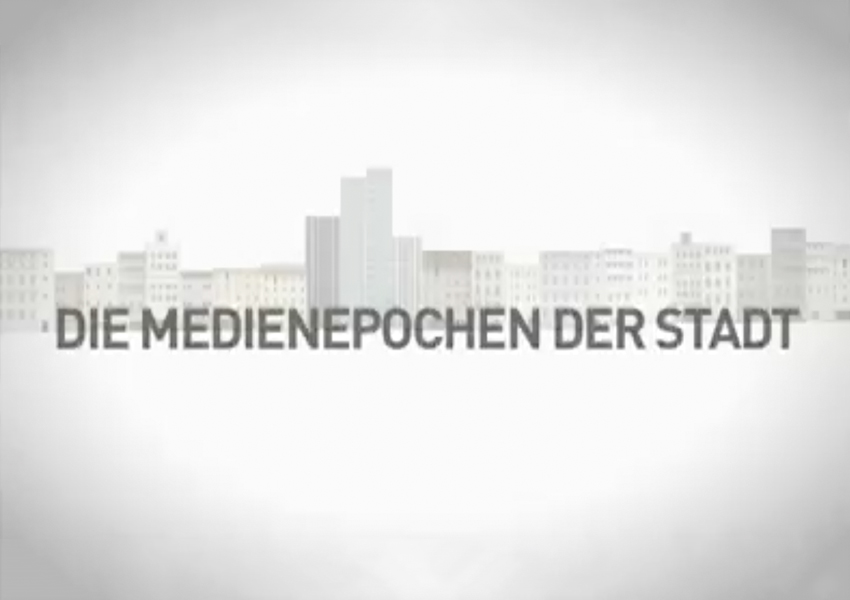 Dirk Baecker – Medienepochen der Stadt
Dirk Baecker – Medienepochen der Stadt
Communication, Liberty and Ethics
The issue of freedom of speech is currently one of the hottest topics – anyone involved with the conception of an openly accessible communicative tool is requested to reflect on the negative outcome of the infrastructure s/he provides. Those who raise their voices right now in the name of the people often represent minorities. At the same time online activity can be strongly connected to the neurotic feeling of being watched and controlled already – installing an ethical control committee can be helpful to prevent hate speech, yet increase general uncertainty. The strength of the image/icon could here lie in its ambiguity – it may easily be constructed to express a variety of meanings (a full academic branch is engaged with image interpretation). An application or system where the image is the main tool for communication could even invite to a rhetorically or poetically engaged expression through the mediums multidimensional and ambivalent nature. This probably can and must be addressed in the very basic construction of the application, in order to work out.
Games and Art in a New Language
Here the question on the artistic value of the application comes into play with two starting perspectives: Would I like to use it as an artist? What is artistic about the application?
The first question opens another one: which existing fields of art could use it or could it even develop one of its own. One proposed idea is of course circling around a most ancient form of art – the narration. A dynamic network of interdependent events, emotional strings, consequential interactions, climaxes and denouements are just some of the characteristic features that could be taken into account – one feature that should be circumcised is the one of closure. The important question is how is the narrative informed.
Since we are interested in the capabilities of the digital global data-streams such as weather change or stock exchange figures influence our lives subliminal and could be amplified (“What’s happening in the world right now?”). If data is a suitable nutrient and we come back to the user of the possible application (the soil). We can assume our avatars by Google or/and Facebook as already quite elaborate, yet we don’t know what they really look like. We are traced and have limited control – one could try to go the other way around.
If the user is invited to give the data s/he decides to give just like in a conversation and gets a feedback through a relative, triggered act, scenery, behaviour relationship to other users a timebased and datadriven version of the Surrealists Cadavre Exquis could be the result.
Concerning the feedback it could also be useful to offer continuity via accounts – a dairy effect could emerge. This should not be mandatory as the threshold should be set very low.
The second question about the artistic quality of the application in itself could be addressed in concepts around the way in which data is being gathered (questionnaire – yes/no, percentage answers), how they are transformed and how they interact on the graphical user interface. It could also be made possible for the user to act directly within the image/icon scenery. Another focus could lie on the relationship to the users geography.
What are we working on?
App Project by Franziska Rau
Franziska’s project is rendering out around the idea of a city or area map, including a chatroom for messages and tips. It works based on a formular through which the data about the individuals interests is being gathered to show them the most fitting events or locations.
She also introduced a game version where you can go on trips where you visit several places throughout the city and get hints as you go along.
Inspiration and formats she connects to with this projects are for example the organization of flashmobs and other crowd events like public picknicks, Geocaching and chatroom-apps.
Another dimension that uses relatively little data could be realized with pathways and markers within the city. You would not have to be online to get the info you like (short-termed events excluded).

(Please find a high-resolution PDF at the end of this report)
Animated Icons by Sebastian Fintzenhagen
Sebastian’s interest lies in the expressive qualities of icons: how can emotions be processed with the right amount of intensity, how does an icon behave in time.
For the exhibition Sebastian made a video-loop with self-designed animated icons forming presented singularly first, then forming the IMAGIT Logo.

360° Coverage by Kim Beets
The conceptual idea behind Kim’s approach is the introduction of a new level of objectivity in the socio-political realm. This addresses vivid discussions and allegations in Germany about news coverage and reliability of images and storys circling around in social media.
Her idea would be an online platform where people can upload 360° images of such events. The recipient is provided with more than a framed version of the moment and can wander through the image and zoom in and do a framing for her/himself.
Research project by Bianca Jankowski and Julia Bielefeld
Bianca and Julia focus on a research around the communication through images and its different application through time from hieroglyphs, o sign language, prison tattoos, Otl Aichers pictrogramms or customizable icons in vector-graphic formats for web-applications.

COLLDOO – Christina Vinke
Christina is currently working on an application based on doodling with an interest in subconscious communication.
Mum’s the word!
Research and Analysis – Lukas Rehm
Lukas follows the process from an analytical, theoretically informed look-out, questioning the specifics of the ideas at play, introducing existing applications and forms of communication.
 (Please find a high-resolution PDF at the end of this report)
(Please find a high-resolution PDF at the end of this report)
Credits:
Summary-Text and Photos: Lukas Rehm
IMAGIT is a collaborative project of The Karlsruhe University of Art and Design, brainz.cz (Prague), HANGAR.ORG (Barcelona) and The Hungarian University of Fine Arts (Budapest), under the leadership of Prof. Michael Bielicky (Media Art) and supported by the Creative Europe program of the European Commission.
For further information please visit www.imagit.net
or follow the project on facebook www.facebook.com/IMAGITproject




5./6.2. ab 15 Uhr Festival DEMANDING THE IMPOSSIBLE
Das Festival DEMANDING THE IMPOSSIBLE ist das Resultat der Seminare
SLEEPING RESISTANCE(Cooke/Meya)
INTERDISZIPLINÄRES HAUPTSEMINAR(Zielke/Rall/Rafinski)
INVISIBLE (Saup/Zampella)
Entschleunigung für alle – deshalb gibt es Hängematten und Entspannungsinseln auf der Lichtbrücke. Ein Programm zwischen Yoga und Vorträgen bietet Anregungen aus den Seminarthemen und auch für euer leibliches Wohl wird gesorgt.
Entschleunigung, Nachhaltige Ökonomie und die eigenen Handlungsmöglichkeiten stehen zur Diskussion und ihr könnt mit uns entspannen und widerständig sein.
FREITAG ab 16 Uhr: Yoga, Meditation, Selbstheilung, Träume, Tanzperformance
SAMSTAG ab 15 Uhr: Einführung Sleeping Resistance, Vortrag Entschleunigung, Meditation, Audiovisuelle Reise
Contra-Internet Artist Lecture Zach Blas
Artist Lecture von Zach Blas
Do, 21.01.2016 18:00
ZKM Vortragssaal
Eintritt frei
In seiner Lecture diskutiert der Künstler und Autor Zach Blas die aufkommende Militanz und die Subversionen gegen das Internet, oder wie er es nennt, »contra-internet practices«. Ausgerichtet an einer feministischen und queer Perspektive, beschäftigt sich Blas mit Themen des Postkapitalismus, »Dildotektonik«, utopischen Plagiarismus und dem Exodus aus Social Media. Dabei entwirft er eine »contra-internet« Praxis, welche sowohl die Logik der Kontrolle des Internets ablehnt, als auch alternative Infrastrukturen erbaut. Die Lecture findet in englischer Sprache statt.
Biografie
1981 geboren, Gallipolis, USA, lebt und arbeitet in London, UK
Zach Blas ist Künstler und Schriftsteller, dessen Arbeiten sich mit Technik, Queerness und Politik beschäftigen. Er lehrt derzeit am Department of Visual Cultures am Goldsmiths-College, University of London. Nach seinem Abschluss Master of Fine Art in Design Media Arts an der University of California, Los Angeles 2008 promovierte Zach Blas im Rahmen des Graduate Program in Literature an der Duke University, Durham. Blas stellt seine Werke weltweit aus und ist international als Dozent tätig, jüngst am ZKM in Karlsruhe; Museo Universitario Arte Contemporáneo, Mexico City; e-flux, New York; Institute of Modern Art, Brisbane; New Museum, New York; Museum für Moderne Kunst, Warschau; 2014 Dakar Bienniale; Institute of Contemporary Arts, London; transmediale, Berlin sowie Foundation for Art and Creative Technology, Liverpool. Zu seinen aktuellen Residencies zählen Eyebeam in New York, The Moving Museum in Istanbul sowie die Delfina Foundation in London. Aktuell kreiert Blas ein Kunstwerk, das auf technische Kontrolle und die Ablehnung der Sichtbarkeit reagiert.
Gerardo Nolasco – The Sweet Whisper of the Symbolic Power
The Sweet Whisper of the Symbolic Power
Block seminar
Part 1: 2015 December the 07th – 11th, 14 pm – 17pm
Room 315
In Mexico in the last 8 years 150 000 Mexicans died in the so-called fight against narcotrafic, also it is one of the most dangerous countries for journalists. The course will analize the creative process in an environment saturated by “symbolic power” taking the contemporary Mexican situation as a starting point then we widen up the view and will investigate examples from other societies as well. The course is based on the concept of the symbolic power by Pierre Bourdieu, understood as an invisible power.
